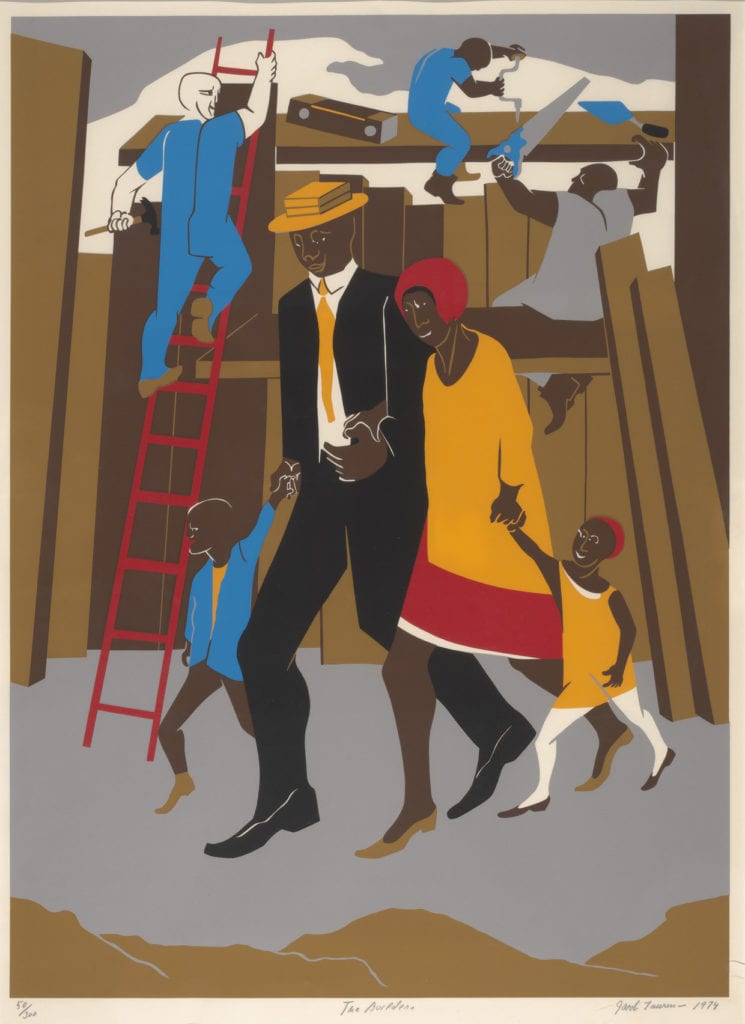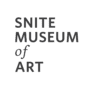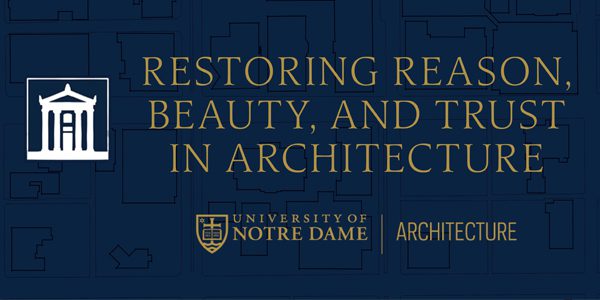Builders, 1974

ABOUT THE ARTWORK
Who made it?

|
Jacob Lawrence was an American painter and printmaker known for his works exploring and celebrating African American life, past and present. As a teenager, Lawrence moved with his mother and siblings to Harlem in New York City. They arrived at the tail end of the Harlem Renaissance (1910s-mid-1930s), a time that saw an explosion of intellectual, social, and artistic output exploring what it meant to be black in America. The artists and thinkers of the Harlem Renaissance nurtured, inspired, and guided Lawrence on his own path of discovery and creation.
Lawrence is known for his blocky, brightly colored forms exploring historical and contemporary themes, like war, religion, and civil rights as they relate to the African American experience. Described as the “first major artist of the 20th-century who was technically trained and artistically educated within the art community in Harlem,” he was also one of the first nationally recognized African American artists.
|
What’s going on in this work?

|
Lawrence’s artwork explored the black experience in America from the epic to the intimate. He often worked in series format and took on subjects that ranged from grand re-tellings of historical events to depictions of everyday experiences.
Builders was created as a poster design for his solo exhibition at the Whitney Museum of American Art in New York City in 1974. It is an example of one of the more intimate, everyday scenes that Lawrence created. In it, a family of four walks hand-in-hand past a construction site. Joined together in this way and depicted in mid-stride they form a unit that moves forward as one. Behind them, construction workers in coveralls work together to build an unknown structure.
Lawrence was fond of builders as subject matter. His first works depicting them appeared in the mid-1940s and he continued to explore them as a subject until his death. For him, builders stood for hope and the shared responsibility we all have for building the future and transforming society. Of builders, Lawrence said, “I like the symbolism [of the builder]…I think of it as man’s aspiration, as a constructive tool—man building.”
|
Take a closer look.

|
Click on the full image of Builders above to see a larger version of the work. Look closely at the print and use these questions to guide your looking. Share your thoughts with your family at home, with a friend through a virtual conversation, or with us in a response to this email.
|
To receive the collection in your inbox, join the Raclin Murphy Museum’s mailing list.

About the Article:
Engage with the Raclin Murphy Museum of Art by exploring their collection through background information and reflection questions. For more information on the collections, please visit the Raclin Murphy Museum of Art website.
Learn MoreMay 7, 2020



